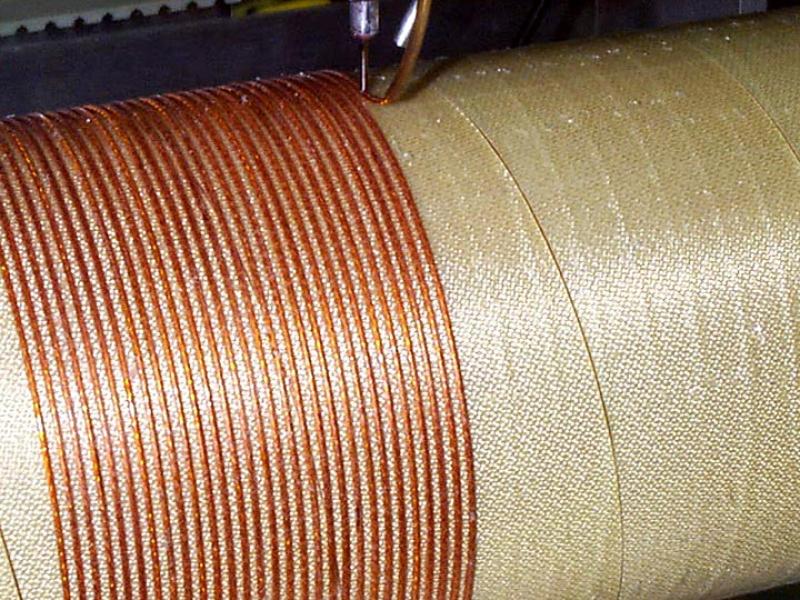High temperature superconducting (HTS) fibers represent a groundbreaking advancement in the field of materials science and electrical engineering. These fibers exhibit zero electrical resistance at relatively higher temperatures compared to traditional superconductors, enabling significant improvements across various industrial applications. The development and commercialization of HTS fibers are transforming sectors such as energy, transportation, medical equipment, and electronics by offering unparalleled efficiency and performance enhancements.
HTS fibers are typically composed of ceramic-based compounds like yttrium barium copper oxide (YBCO) and bismuth strontium calcium copper oxide (BSCCO), materials that sustain superconductivity at liquid nitrogen temperatures (around 77 Kelvin). These fibers are manufactured using processes such as chemical vapor deposition, pulsed laser deposition, or metal-organic deposition techniques, which ensure the desired microstructure and superconducting properties. The ability to sustain high current densities without energy losses enables HTS fibers to be integrated into power cables, magnets, transformers, and fault current limiters, reducing operational costs and improving reliability.
Technological Advancements Driving High Temperature Superconducting Fibers Growth
Recent innovations in coating methods and fiber architecture have greatly enhanced the performance of High Temperature Superconducting Fibers. Researchers focus on creating multifilamentary tapes and coated conductors that improve mechanical strength, flexibility, and thermal stability. These fibers' adaptability to different substrate materials makes them suitable for complex electrical and electronic systems requiring compact and lightweight solutions. Enhanced deposition techniques now allow manufacturers to produce longer, defect-free fibers that maintain superconductivity over extended lengths, boosting their commercial viability.
The ongoing research and development efforts pay significant attention to increasing the critical current density and minimizing flux pinning losses, which are critical factors in practical applications. Moreover, improvements in cryogenic cooling systems have complemented the widespread adoption of HTS fibers by reducing operational expenses and enabling more eco-friendly application environments. As a result, industries seek to leverage these fibers' superior efficiency to build next-generation systems with low power consumption and high speed.
Industrial Applications and Commercial Potential of High Temperature Superconducting Fibers
High Temperature Superconducting Fibers unlock new possibilities in energy transmission, where conventional copper cables face limitations due to resistance-based power losses. HTS cables support higher power densities across long distances with minimal energy dissipation and reduced environmental footprint. This has generated commercial interest in upgrading existing infrastructure and developing smart grids incorporating superconducting technologies.
In the realm of transportation, HTS fibers facilitate the manufacture of lightweight, powerful magnets used in maglev trains, electric motors, and other propulsion systems that demand high torque and energy efficiency. The medical industry benefits from these fibers through their use in advanced MRI machines and other diagnostic devices, where enhanced magnetic field strength and precision directly improve patient outcomes.
The commercial market is also witnessing growth in electronics and telecommunications, where HTS fibers contribute to faster signal transmission and improved shielding against electromagnetic interference. These benefits enable the production of reliable components, including superconducting filters and resonators, which elevate communication system performance.
Navigating to Comprehensive High Temperature Superconducting Fibers Market Report Insights
For stakeholders, understanding the dynamics of the high temperature superconducting fibers market is crucial to maintain a competitive edge. Detailed market research reports offer invaluable navigation through factors such as regional demand fluctuations, key player strategies, technological trends, and regulatory impacts. Insightful analytics highlight growth drivers including governmental investments in renewable energy projects, technological adoption rates, and collaboration among research institutes and industry leaders.
Such reports also provide forecasts based on historical and current data trends, enabling companies to strategize production, marketing, and resource allocation effectively. Understanding the competitive landscape helps in recognizing emerging entrants, partnership opportunities, and potential risks associated with raw material availability and pricing. These comprehensive insights serve as a navigational tool to align business objectives with evolving market demands for high temperature superconducting fibers.
Commercialization Challenges and Future Outlook for High Temperature Superconducting Fibers
Despite the tremendous promise, the commercialization journey of HTS fibers faces certain challenges including high production costs, limited large-scale manufacturing capabilities, and residual brittleness leading to handling difficulties. Additionally, integration with existing infrastructure requires meticulous engineering and regulatory approvals, which can extend time-to-market and increase upfront investments.
Continued research is focused on overcoming these hurdles by developing cost-effective synthesis methods and enhancing material flexibility without compromising superconducting performance. The future of HTS fibers is promising with anticipated breakthroughs in room-temperature superconductivity and hybrid materials that could further revolutionize their application landscape.
Globally, increasing demand for efficient energy management, advanced medical equipment, and sophisticated electronics will fuel the expansion of the high temperature superconducting fibers market. Industry players who capitalize on innovation, strategic alliances, and market intelligence will be well-positioned to lead this transformative journey towards a more sustainable and technologically advanced future.
Get this Report in Japanese Language: 高温超伝導繊維市場
Get this Report in Korean Language: 고온 초전도 섬유 시장
About Author:
Money Singh is a seasoned content writer with over four years of experience in the market research sector. Her expertise spans various industries, including food and beverages, biotechnology, chemical and materials, defense and aerospace, consumer goods, etc. (https://www.linkedin.com/in/money-singh-590844163)
